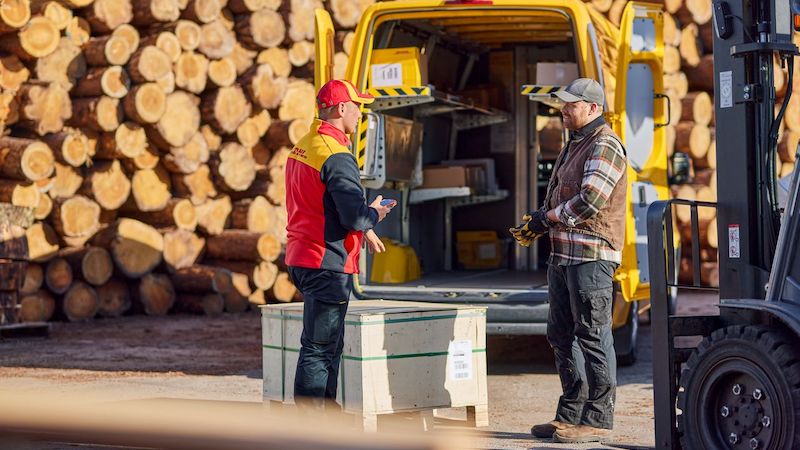Grow your business with the Discover newsletter
Logistics advice & insights straight to your inbox
Subscribe now
As populations increase and economies develop, increasingly more wood is required for everything from construction to paper products and packaging. Further driving this rising need are zero emissions and building decarbonisation goals, increasing countries’ demand for environmentally friendlier mass timber buildings. With geopolitical tensions fuelling disruptions in wood exports from major exporters, this has also necessitated the need for nations to increase their wood imports from other players in the wood processing sector. With these multiple factors in play, New Zealand’s wood export is poised to play an increasingly vital role in meeting global demand. Apart from the economic gains for the forestry industry, this market opportunity opens doors to new possibilities that benefit other local industries and communities, such as the Māori people.
The wood industry is a vital contributor to New Zealand's growth. Wood products rank third in export earnings for the country and the forestry industry accounts for 1.6% of New Zealand's gross domestic product (GDP), according to the Ministry for Primary Industries. The wood production, processing, and commercial sectors also provide 35,000 jobs for New Zealanders, with more employment opportunities available in other related sectors, such as tourism. Thus, this makes the industry a valuable part of the local economy. The opportunities afforded by the industry can be especially significant for specific local communities. This includes the Māori people, many of whom are heavily involved in the industry as investors, land owners or employees.
Apart from the economic benefits, there are several other reasons why there is significant value in having a thriving wood sector. With more forested areas, the occurrence of soil erosion can be reduced, preventing unnecessary damage to land, homes, and aquatic environments. Additionally, forests play a vital role in facilitating carbon dioxide removal from the atmosphere in a process known as carbon sequestration. This adds to their value in the modern world, where countries are increasingly concerned with meeting emission and climate change goals.
Among the different varieties of wood available, the rimu, kauri, and matai woods are native to New Zealand:
Kauri wood: A softwood typically used to make boats or products such as veneer or ukuleles after the wood undergoes steam bending.
Rimu wood: A softwood with a smooth finish that makes it perfect for painting, varnishing, or polishing. It is often used to make cabinets and furniture.
Matai wood: A tight-grained premium timber that undergoes a laminating process before it is extensively used in flooring.
Other popular options include mahogany, which can be used to make musical equipment, such as drum sets, to confer a full-bodied tone, and New Zealand pine. Unlike other timber, New Zealand pine can be easily handled in the preservative treatment process and supports the application of a wide variety of interior and exterior stains, oils, varnishes or paint. As a bonus, this wood also boasts outstanding machining, staining, and painting properties and makes an excellent choice as the finishing for products. With excellent amenability, versatility and durability, these properties make the New Zealand pine a precious export.



The key export markets for New Zealand’s wood products are China, Australia, South Korea, and Thailand, which are growing economies, and these exports primarily comprise lumber and pulp. Whether you are looking to start a new business in New Zealand to take advantage of the expanding wood industry or are an existing business hoping to capitalise on market opportunities, there are several essential aspects to consider.
For instance, various export documents may be required, and this includes a phytosanitary certificate and exporter information statement. When the exports concern timber derived from indigenous tree species, they are governed by the Forests Act 1949 and can be subjected to more stringent regulations. Thus, business owners are always recommended to check the websites of the official authorities in New Zealand and the country of destination before shipping. Additionally, all wood products pending export must also be treated and inspected and comply with the applicable export requirements for wood packaging.
The amount of documentation and clearance processes involved can be confusing and challenging to navigate. That is why it is crucial to work with a reliable logistics service provider like DHL Express New Zealand. With the support of our extensive global network and experienced customs team, you can easily breeze through export procedures and enjoy a seamless, fuss-free shipping experience. Open your DHL Express account today to start leveraging our expertise.